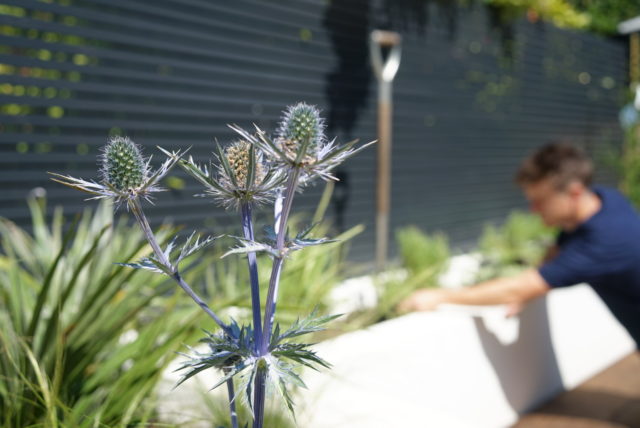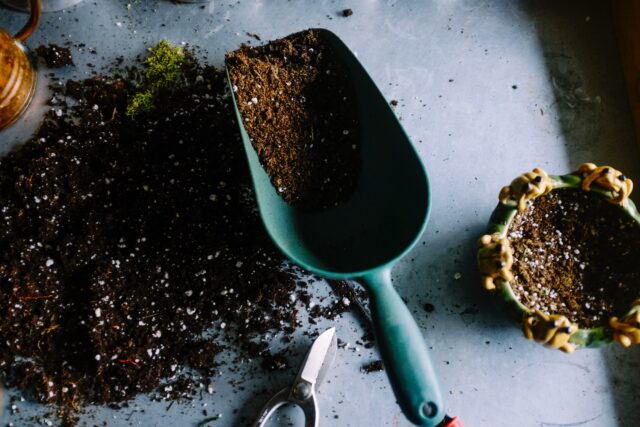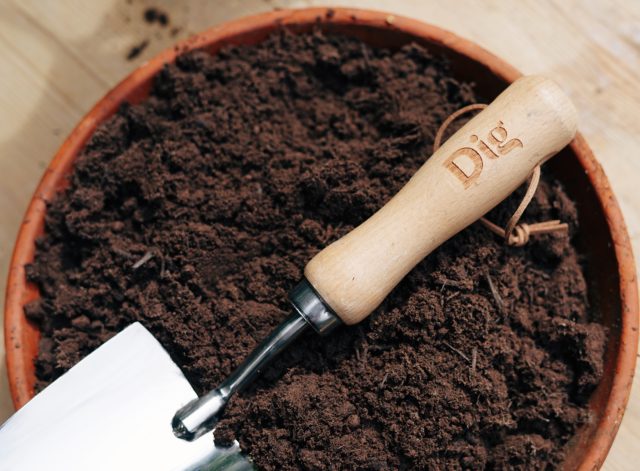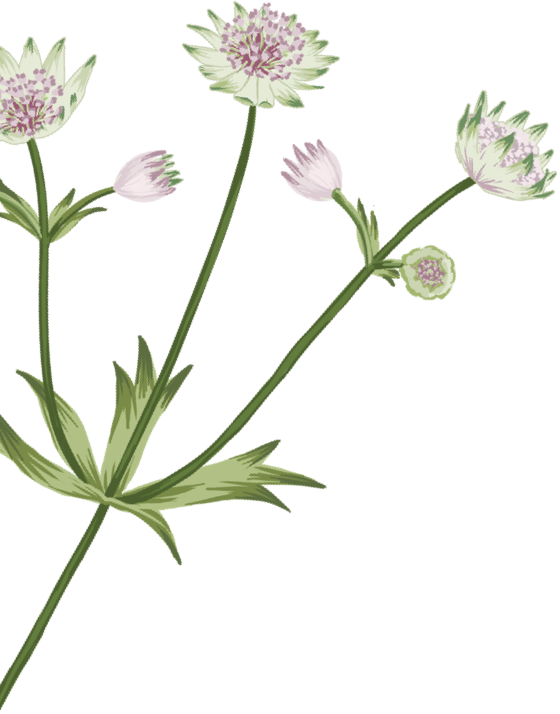General jobs
Many plants benefit from similar care – here are a few that you can apply to lots of the plants that come in Dig gardens (and non-Dig gardens, of course!)
Watering, watering, watering: We’ve said it before and we’ll say it again. Remember to water regularly! Try to avoid splashing the leaves and, for a more environmentally friendly approach, try to do it in the early morning or evening to avoid evaporation. A watering can rather than a hose will also help avoid water wastage.
Deadheading: Regularly remove spent flowers (deadheading) to encourage continuous blooms in roses, geraniums, and other flowering plants. This not only improves aesthetics but also directs the plant’s energy towards producing more flowers.
Second Act: Prune early-flowering perennials like Lupins and Astrantia after their initial display. This encourages a fantastic second flush of flowers later in the summer, extending your floral feast.
Feeding Frenzy: Give your flowering plants a mid-season boost with a liquid fertiliser formulated for blooms. This extra nourishment fuels vibrant blooms and stronger overall growth.
Dividing: Spring-flowering bulbs like Daffodils and Tulips can be divided and replanted now. This invigorates the bulbs and ensures stunning displays in future years.
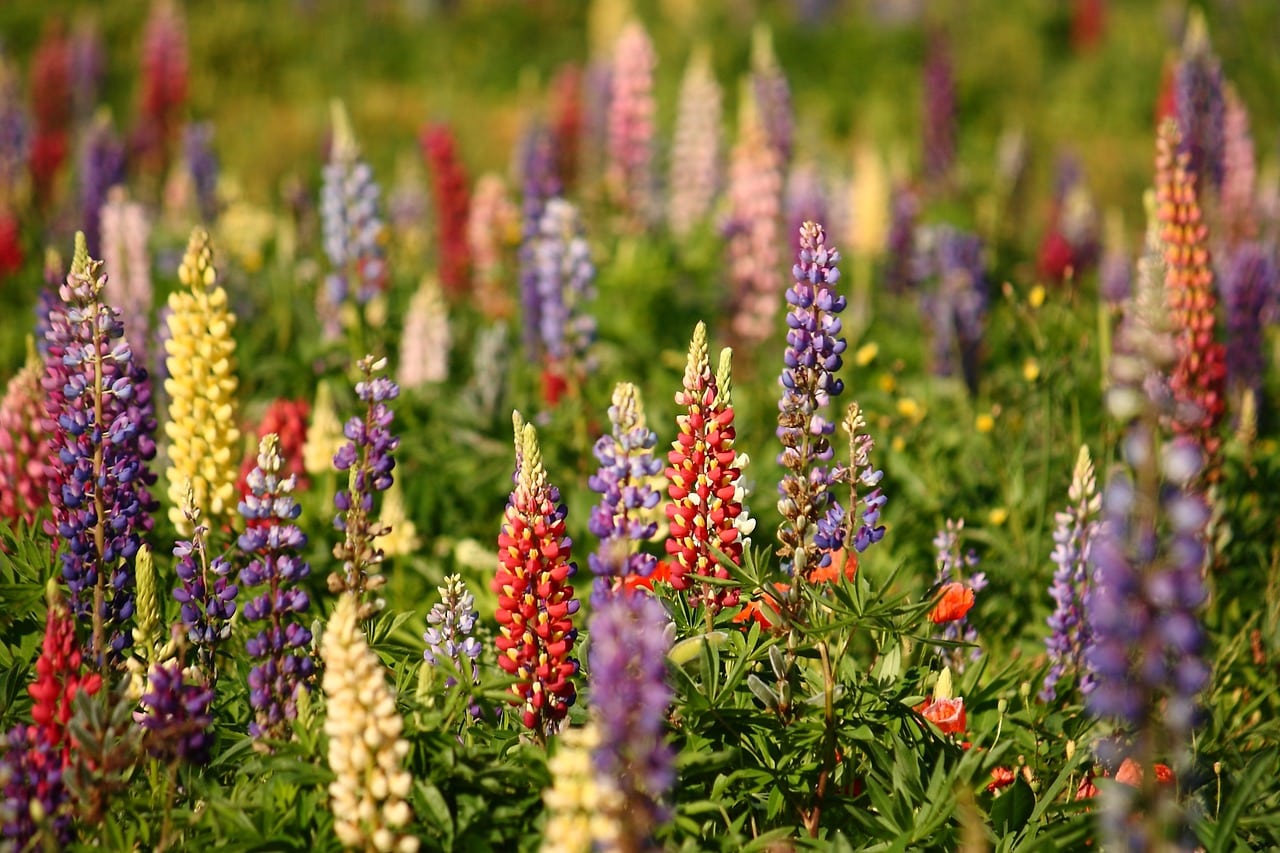
Summer Pruning: After they finish blooming, prune early summer-flowering shrubs such as Forsythia, Lilac and Viburnum. This will help to maintain their shape, and encourage bushier growth, as well as promoting even better flowering next year.
Pest Patrol: Keep an eye out for common pests like aphids and scale insects. Treat them with organic methods like a spray of very dilute soapy water to help keep your shrubs healthy and vibrant.
Vine weevil focus – keep an eye out for vine weevils. These common insects can be identified by notches in leaves. The adult insects like to eat leaves, and the junior larvae eat plant roots. There are a few ways that you can manage these bugs without pesticides…
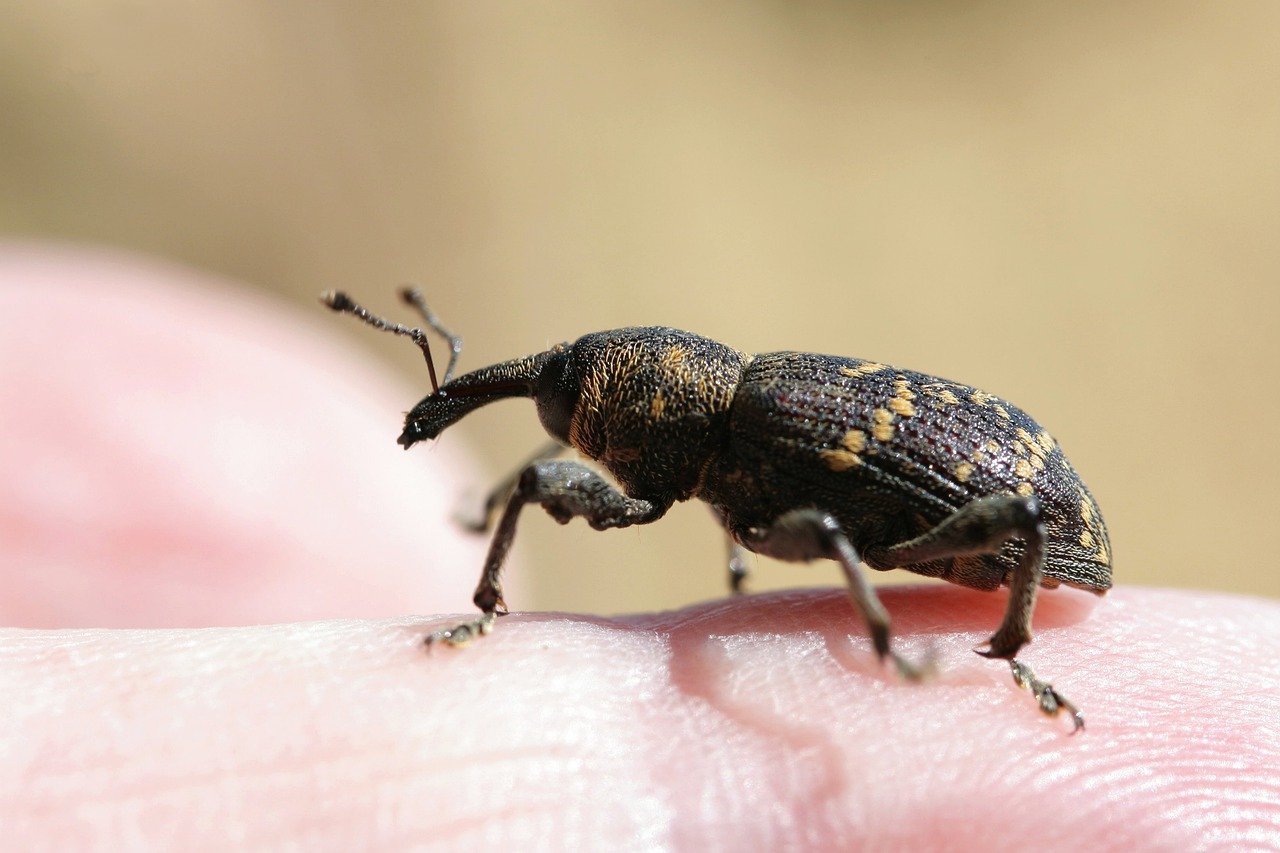
Moral Support: Lots of taller perennials (from Delphiniums, to Hollyhocks, to Thalictrums) can benefit from a bit of support – especially if you have a windy outdoor space. This can be as simple as a bamboo cane next to their stem. In some cases, as with Thalictrums, you won’t even need to tie them, with the plant simply leaning against the new support. If you need to tie them, use garden twine and be mindful of not tying too tightly.
Plant specific jobs
Here’s a few jobs for specific plants that it’s a good idea to be thinking about at this time of year
Wisteria summer prune: Wisteria benefit from a summer prune, to encourage more flowers in the spring next year. You should prune all the long sideshoots back to ~8 inches.
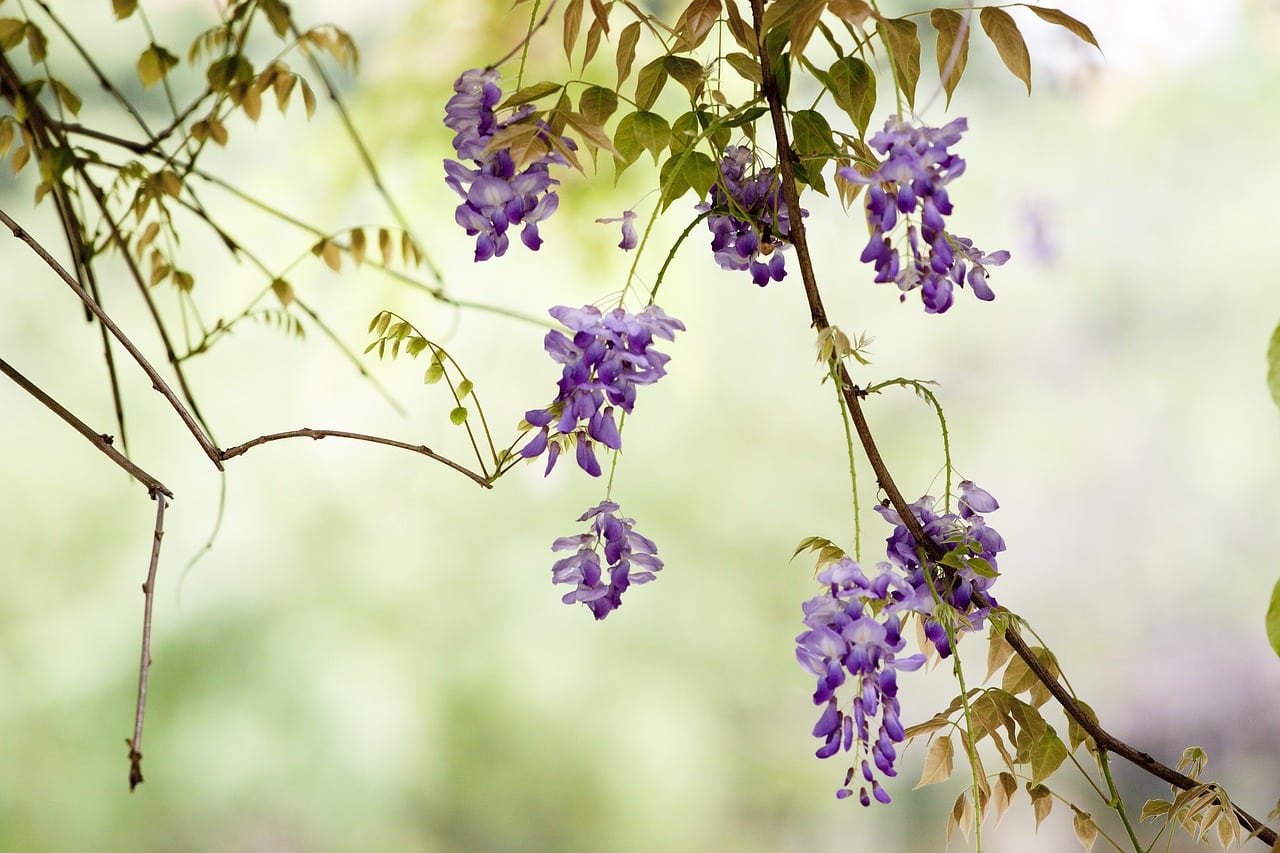
Pinch your Fuchsias: By pinching out the tips of new stems on Fuchsia, you’ll encourage more flowering stems to develop leading to a stronger, more fulsome display.
Choisya Chop: Once Choisya has finished its spring flowering, it’s a good time to give it a prune to get it to the shape and size you want. Choisya bounce back well from flowering so you can cut it back by a quarter or so without worrying.
Dig Top Tip – Remember to check any hedges or shrubs for nesting birds before you start pruning. Most birds ought to have fledged by now, but it’s worth taking good care to look.
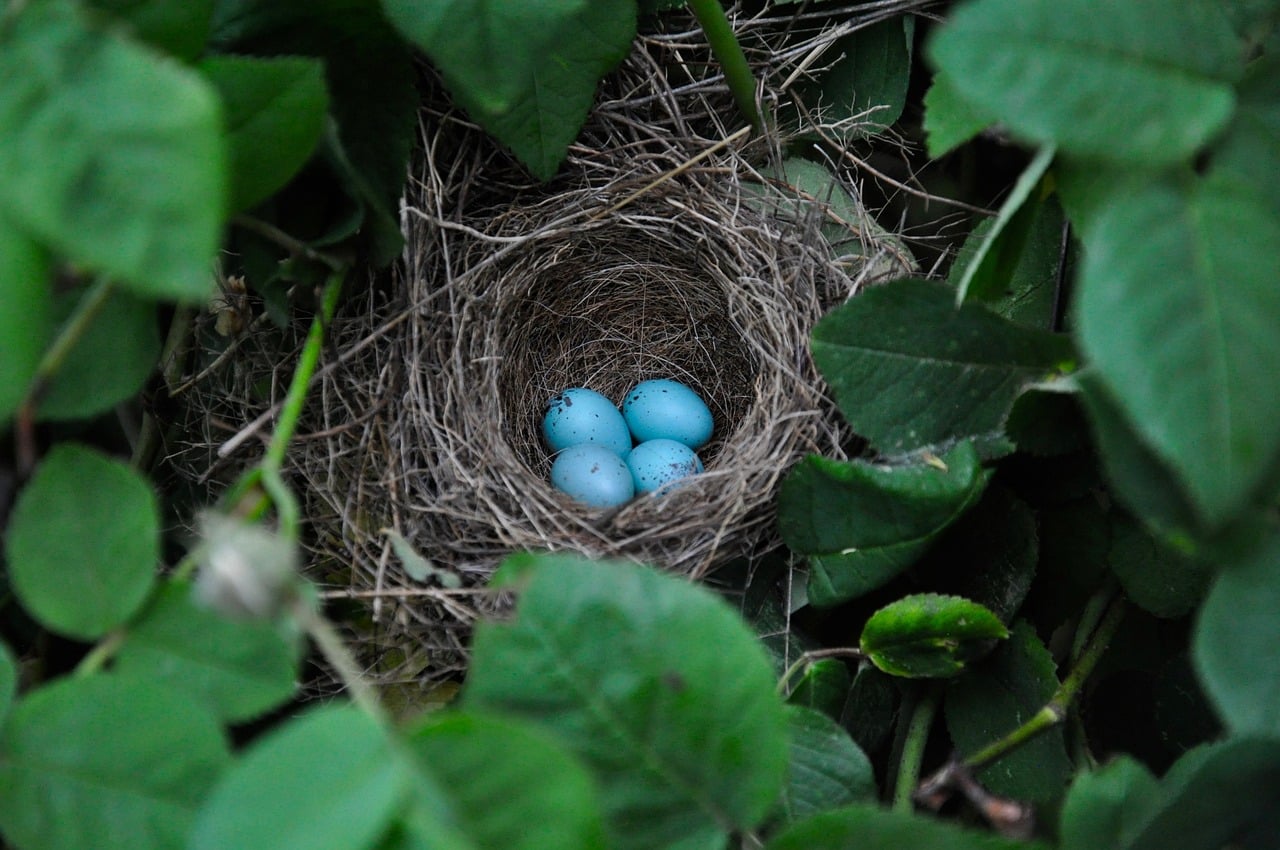
What to add now
Not all borders have to be planted with plants in the ground. You can also fill empty spaces in your borders with vibrant potted plants like agapanthus, fuchsias, or trailing lobelia. This injects bursts of colour and allows you to experiment with different flower combinations. It also adds a bit of extra interest in your bed, especially with a beautifully aged terracotta pot.
Train climbing plants like clematis, jasmine or honeysuckle to add vertical interest. You can add climbers to any Dig Instant Bed very easily and our team will be able to recommend good climber combinations for each of our themes. Climbing plants are a great way to soften fences and walls, adding another layer to the design of your outdoor space.
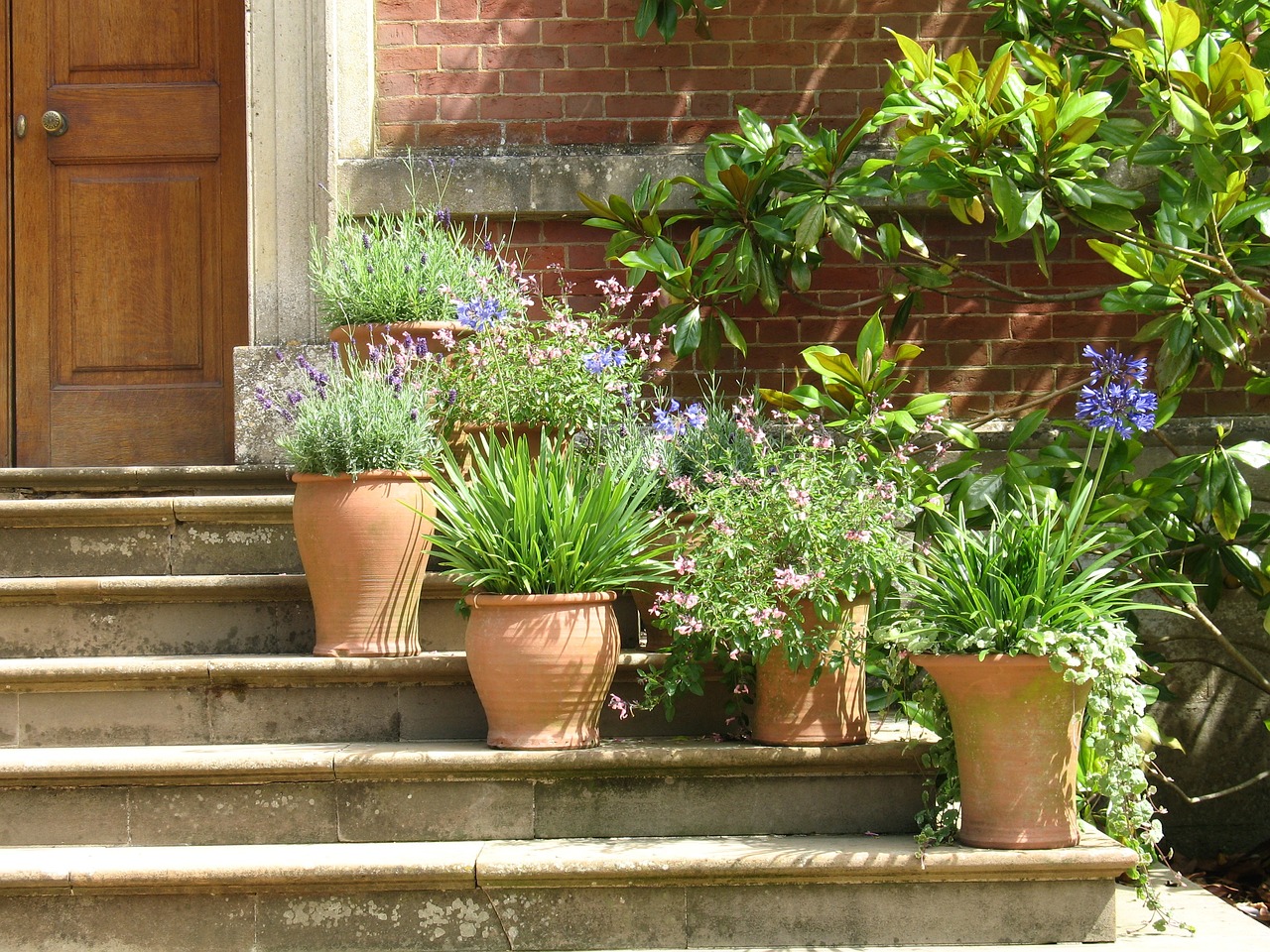
General Upkeep
Compost: Keep your compost bin turning by continuing to add kitchen scraps and garden waste. Composting creates nutrient-rich fertilizer for your plants, reducing waste and promoting sustainability. Summer is a good time to stay on top of it though – the warmer weather will encourage quicker deterioration so it’s a good opportunity to really make the most of it.
Weed Control: Regularly weed your flower beds and borders to prevent weeds from stealing resources from your desired plants. Hand-pulling weeds is the most eco-friendly approach, but you can also use a weeding tool for larger areas. We always advise against pesticides.
Mulch: Apply a fresh layer of mulch around your plants to suppress weeds, retain moisture, and regulate soil temperature. Mulch comes in various materials like bark or wood chips, allowing you to choose one that complements your garden aesthetic. With the weather warming up, bare patches of soil can dry out quickly, and so a layer of mulch can help retain that valuable moisture, saving you time watering and saving your water bill too.
